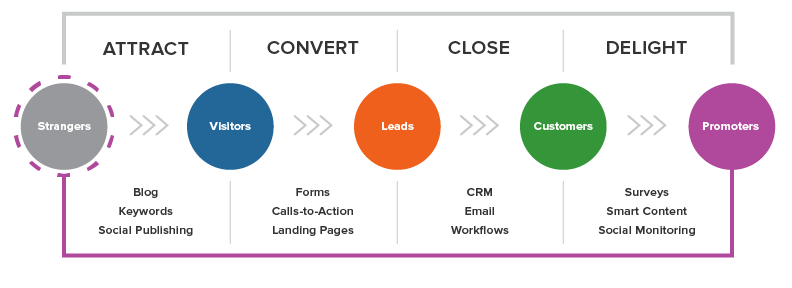Depois, sorri ao ler no Wall Street Journal de ontem o artigo "Aging Japanese Flock to Gyms— For Hot Baths and Small Talk":
"Exercise buff Yukie Watabe just about had it when she went to her fitness club and found older women using the bench-press machine as an actual bench. The women were chatting about how to pickle vegetables at home—a worthy subject for the health-conscious, no doubt, but not quite the vibe Ms. Watabe was looking for. “I complained a couple of times to the staff there. But it seemed they prioritized” the elderly clientele, said Ms. Watabe, 46 years old. She quit the club and now jogs with her husband. Japan’s retired people are taking over establishments traditionally associated with youth and sculpted bodies. The gym of the future, as seen in a country where nearly 30% of the population is over 65, features tai chi classes, lengthy soaks in hot baths and plenty of socializing among folks who have no business meetings to rush back to.E recordei:
...
At Renaissance, only 3% of members were over 60 a quarter-century ago. Today, one in three are in that category and, depending on the location and time of the day, the customers are nearly all elderly, said a spokeswoman.
...
Yoshihiko Kato, a 49-year old factory worker in Tokyo, recently quit his fitness club and switched to Anytime Fitness, a Minnesota-based chain with outlets in Japan. It appeals to a younger crowd with 24-hour service and a focus on fitness machines rather than amenities for relaxing.
...
“I’m going to get old too, so I don’t want to complain,” said Mr. Kato. At his previous club, he said, “I was a bit annoyed at how a group of old people were chatting nonstop.” For gym operators, elderly members have helped tone up the bottom line. Japan’s fitness industry in 2018 posted a record $4.4 billion in revenue, and government figures show more than half of that comes from people over 60, who tend to buy pricier full memberships."
- A Natureza tem horror ao desperdício (Setembro de 2017)
"Quando um ginásio coloca pósteres de moças e moços a caminho de algum concurso de culturismo ou de beleza, está a apostar e a dizer ao mercado quem são os seus alvos e, ao mesmo tempo está a dizer aos seniores: nós não somos para vocês.
.
Sabem o quanto gosto de associar biologia e economia. Por isso, vejo este desenvolvimento como: os nutrientes existem (os seniores e os gestores que pensam no futuro do SNS) e as espécies existentes (ginásios) não os consomem. A Natureza tem horror ao desperdício. Por isso, cria novas espécies que aproveitam esses nutrientes (recordar que a evolução natural é fugir de restrições)"
- E quando o mundo muda? (Junho de 2015)
"E interrogo-me porque é que nunca vi um ginásio dedicado explicitamente ao sector sénior?
.
Têm dimensão, têm tempo livre, têm poder de compra, têm um trabalho concreto por realizar (recuperar/manter e prolongar qualidade de vida, autonomia, autoestima, ...)"
















